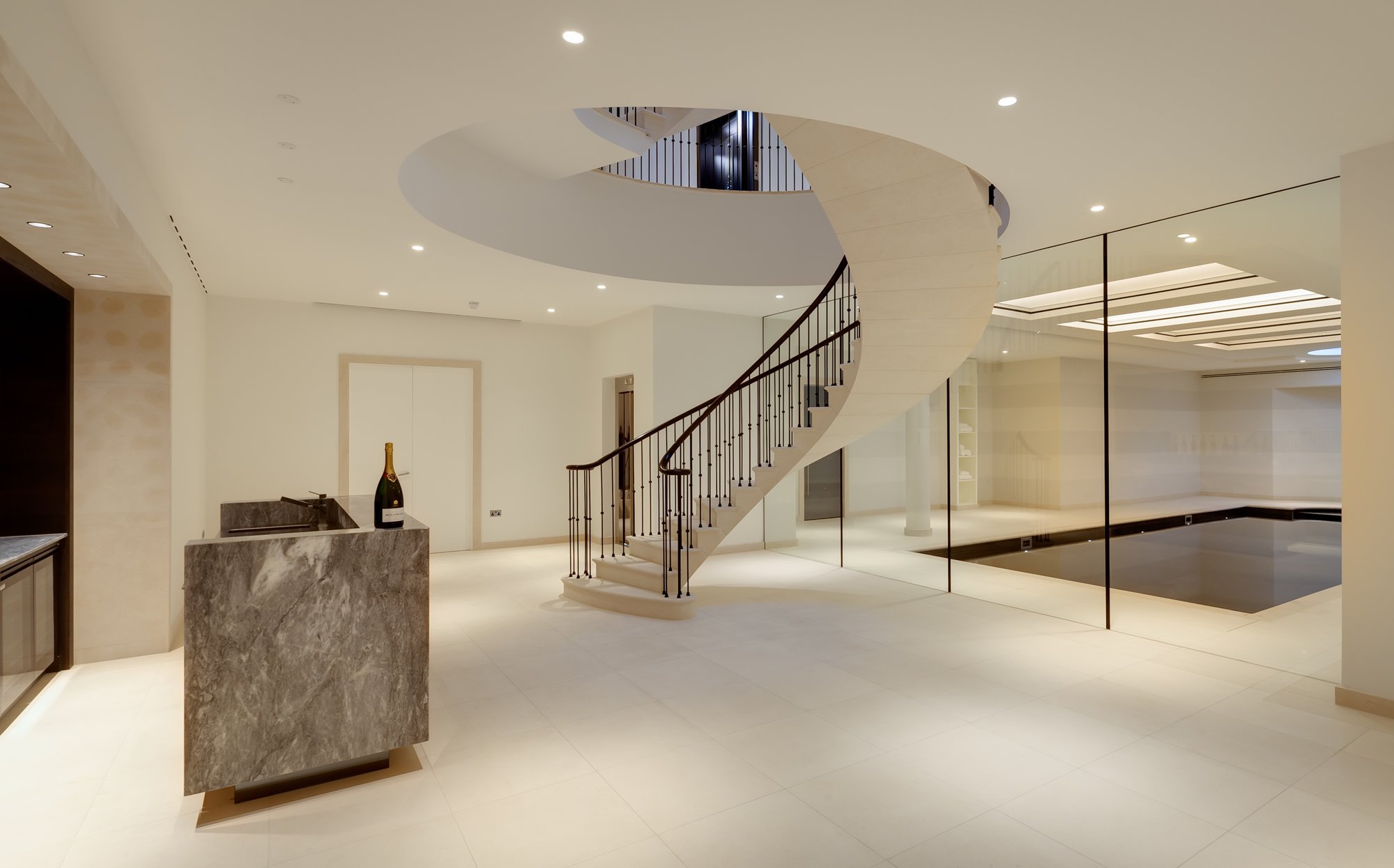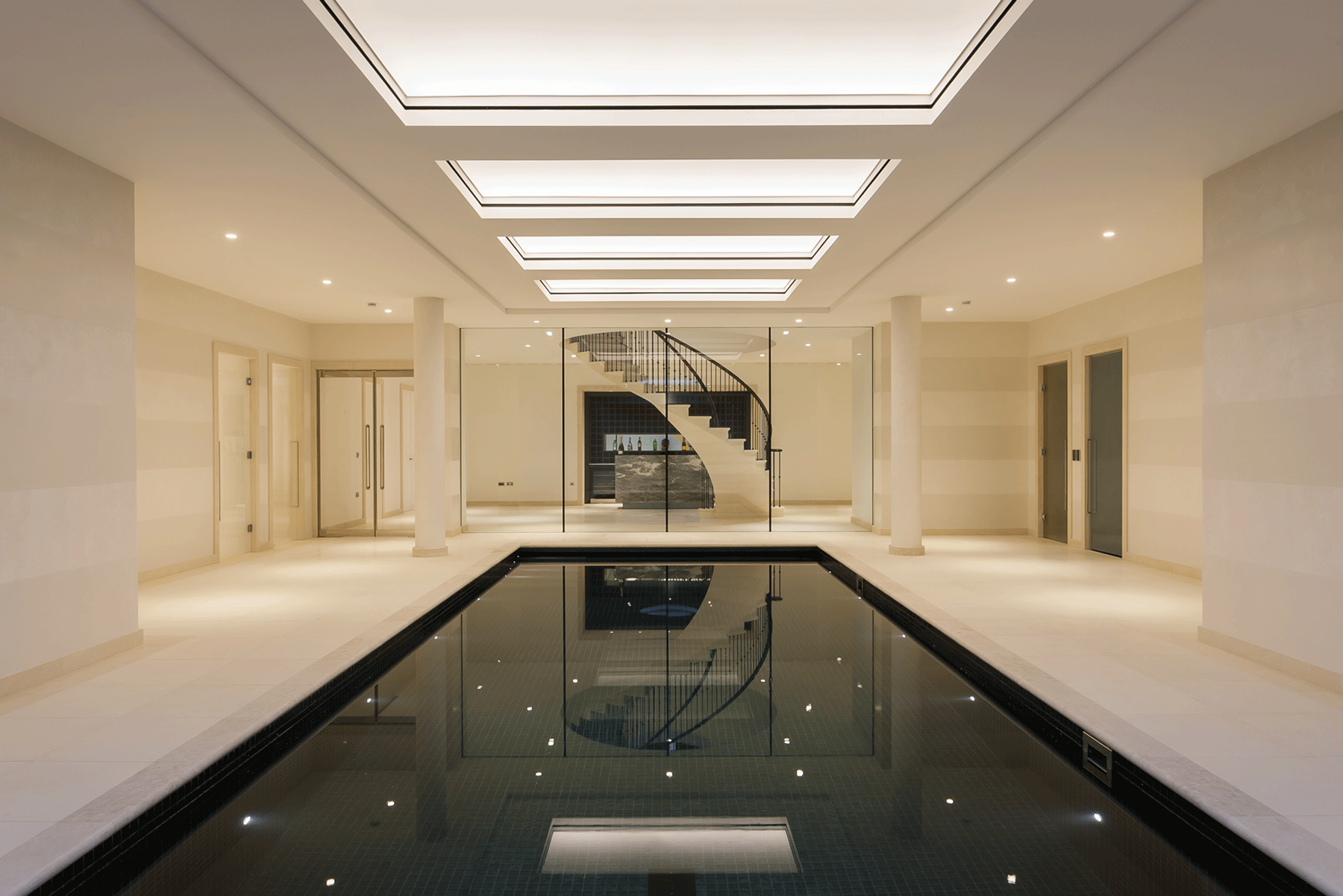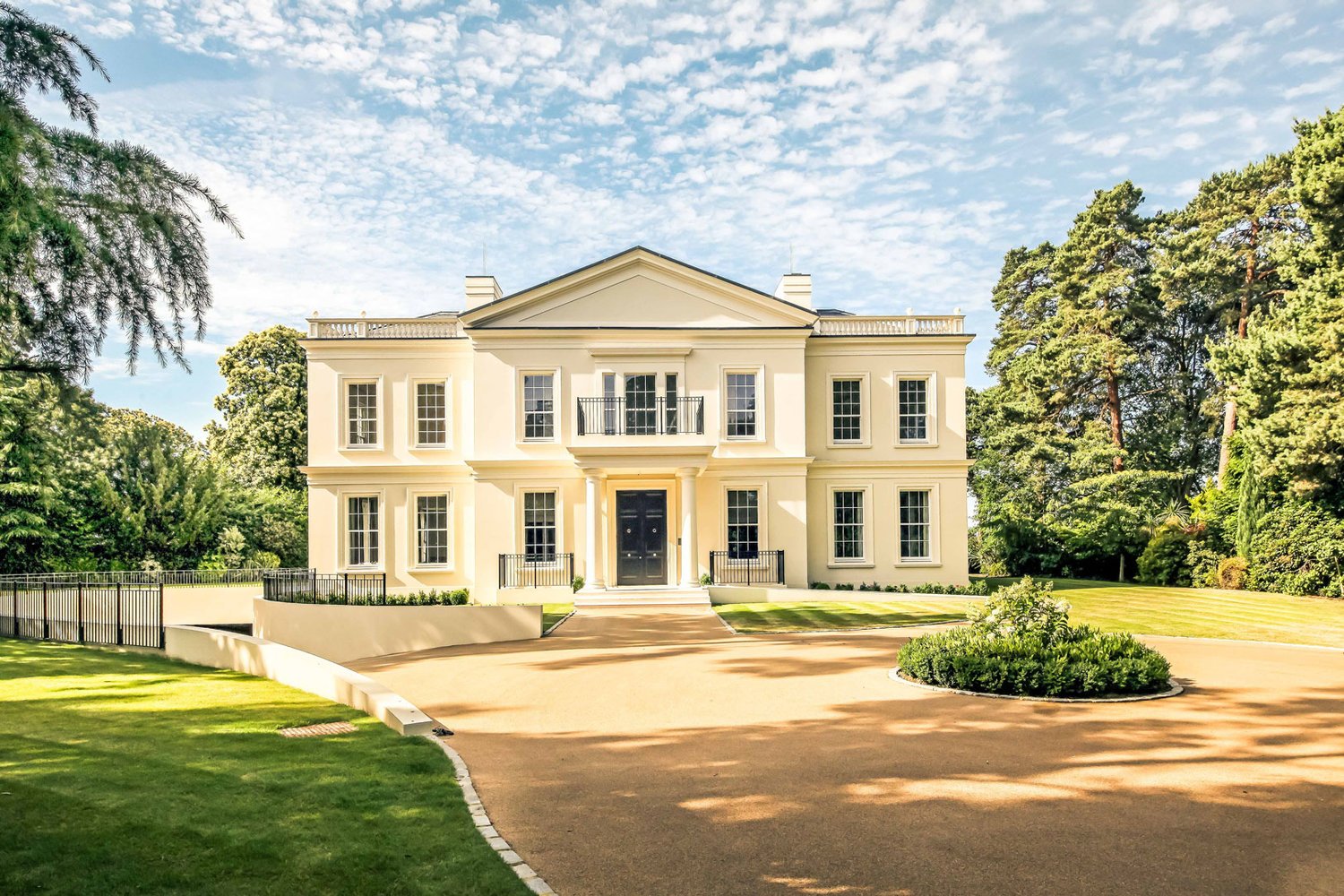Expansive views, clean air and the sound of silence: a rural retreat remains a dream for many. The Covid-era ‘race for space’ may have peaked, but the pandemic’s legacy of hybrid working has given urban-dwellers the freedom to move a little further from their principal place of work.
Relocating to a larger home outside the city often means taking on a project, whether that involves renovating, extending or rebuilding from scratch.
If you’re considering taking on a building project in the countryside, we’ve weighed up the various factors involved, with expert advice from the worlds of planning, sustainability and rural property.
Planning predicaments
Listed buildings
Listed buildings are protected from demolition and rebuilding.
Everything in the curtilage of a listed building is listed too, even modern additions
Proposed changes to both the external and internal aspects of the building can be strictly controlled, along with its setting.
Buildings in a conservation area
A property within a conservation area can be significantly altered internally without consent, but the external appearance and materials will be strictly controlled.
Homes in a conservation area must be refurbished and restored within strict limitations that are in keeping with their surroundings.
Any trees in the garden of a property in a conservation area will also be protected
Countryside development is often subject to strict planning rules. According to Sati Panesar of DHA Planning & Development Ltd, “Rural policies can force property owners to adopt design approaches that are more traditional and in-keeping with the local vernacular, whereas many clients wish to build very contemporary statement properties incorporating modern materials and finishes with a high level of energy efficiency.”
Although sustainability and innovative design are encouraged at a national level, modern developments are on the whole less likely to be supported locally, according to Panesar: “These designs are often not well received by councils in rural areas, as they see them as being too striking, even though government policy in the National Planning Policy Framework encourages innovative design.”
In rural areas, planning proposals involving the reuse of existing properties tend to be more straightforward – provided the changes are deemed acceptable – than rebuilding from scratch.
As Panesar explains, “Where existing buildings are concerned, their contribution towards the character and appearance of an area is already established and understood, whereas with a new build, many councils struggle to understand how the proposals would fit in within the rural area.”
Rural development and sustainability
In the capital, the London Plan requires major developments to calculate whole-life-cycle carbon emissions and demonstrate actions taken to reduce these. This requirement is expected to be extended gradually to other parts of the country.
A whole-life carbon assessment sets out the combined total of embodied and operational carbon emissions anticipated over the whole life cycle of a building. In theory, this allows developers and designers to balance the initial environmental cost of constructing a building with its life-long performance to assess its sustainability on a fairer basis.
Richard Bowman, Commercial Building Performance Consultant at Mesh Energy, says: “Many building components are not ‘fit-and-forget’ but require replacement and maintenance, so the carbon footprint doesn’t stop on completion. It continues into the after-life of the building, and this must be considered during the design of the building.”
The Cotswolds view from Grade II-listed Dixton Manor, where Lees Associates completed an extension and restoration.
Legislation aside, a new cohort of rural homebuyers are thinking sustainably, according to Lindsay Cuthill, co-founder of estate agency Blue Book. He recalls one couple who sold their Grade II-listed Georgian house to build a new, sustainable home from rammed earth. New-builds can also cost less over the long term in maintenance and energy consumption, Cuthill points out.
The case for ‘case-by-case’
When it comes to sustainability, “Every project has to be carefully assessed and considered on its own merits,” according to LA Partner Andrew Paulson. “A retrofit might be the best option for one and a rebuild the best option for another. That’s when using an experienced architect, who can pull together and draw on the collective expertise of a team of trusted specialists, is worth its weight in gold.”
Where possible and desirable, Lees Associates works with clients to find ways to reuse and adapt an existing property rather than rebuilding it, believing that the most sustainable building is the one that already exists.
Richard Bowman agrees: “Personally I feel renovate should be scrutinised and all options explored before defaulting to rebuild. There is a grey area where rebuild might make considerable reuse of the materials already existing in site. Renovation may be hampered by structural or civil engineering issues or unsuitability for adaptive reuse, in which case rebuild could be the only option when analysing the social, financial and carbon cost benefit.”
At Lees Associates, our job is to help clients reach the optimum result for them, and often that is a sustainably designed new home on the site of a tired and no-longer-fit-for-purpose house.
The 25m swimming pool Lees Associates recently added under the garden at a Surrey home
Cost considerations
A key factor to bear in mind when considering a project in the countryside is the impact of VAT. Whereas new builds are exempt from VAT, retrofitting an existing building is not. “In our view this is wrong: adapting and reusing an existing building wherever possible should be encouraged, or at least not discouraged,” says Andrew Paulson.
Lees Associates Partner Kathryn Archer points out the contradiction here with planning law: “It is unclear why the government discourages refit through the tax regime, particularly on listed buildings, which strict planning law seeks to retain.”
Even without the VAT factor, upgrades to an existing property can often be comparable with the cost of starting from scratch. As well as a new structure, retrofitting might involve better thermal and acoustic insulation, installation of renewable energy sources, MEP and HVAC services, not to mention new finishes throughout.
The pool and spiral staircase at Camp End Manor.
All in the timing
The timeframe of any project depends largely on the scope, but generally speaking, new builds take less time than retrofits. A large, five-bedroom house could be built as new in just over a year (excluding planning), while a retrofit of a similar-sized project could take up to six months longer.
Planning applications for rural developments can sometimes take as long as the project itself, according to Sati Panesar: “The overall challenge with any planning application is the number of surveys and reports that have to be undertaken in support of a proposal, where the onus is placed upon the applicant. Coupled with this, many councils are taking a very long time to make a formal determination on a planning application.”
At Lees Associates, we always seek to engage with the statutory authorities at the earliest opportunity, establishing and maintaining a constructive dialogue. With local authorities under more financial pressure than ever before, it is vital that we do everything can to make the planners’ lives as easy as possible in order to smooth the process towards a planning approval.
Gaywood Farm in West Sussex, where Lees Associates undertook a substantial retrofit project including a number of sustainability-driven measures
Keeping up appearances
While planning, sustainability and cost considerations are hugely important, how a property looks is still a key factor for many of us seeking our dream home.
The charm and character of a restored period property can be hard to beat – and, as already discussed, is typically likely to be preferred by local planners. As long as a property is not listed, it can be adapted into a more open-plan, contemporary living environment internally while retaining its more characterful period features externally.
Camp End Manor
On the other hand, building a new home that complements and enhances its surroundings – like our award-winning project Camp End Manor – is always a hugely exciting undertaking for us at Lees Associates.
“For so long the modern house meant bad neo-geo,” according to Lindsay Cuthill – but those days are gone. Buyers today are taking a thoughtful and holistic approach to design: Cuthill says clients are increasingly exploring a new style of architecture that has real integrity and sits in accord with the beauty of its environment.
With considerable experience and expertise in planning, surveying, strategy, design and project management, Lees Associates is ideally placed to advise clients on their dream rural retreat. If you’re considering a move over the coming year or two, get in touch for some preliminary advice.







